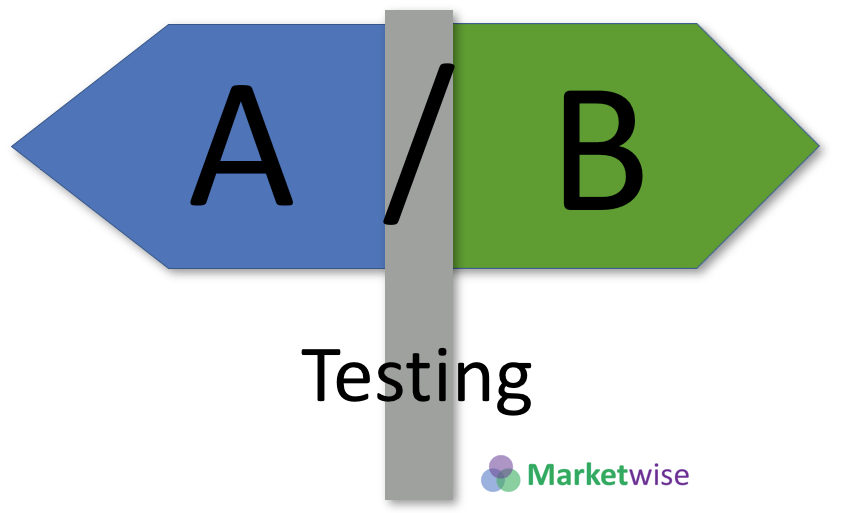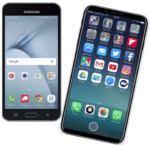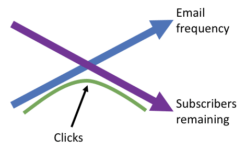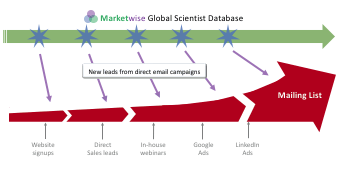How important is A/B email testing?
Very. Unless you personally know the majority of your subscribers and understand their hot buttons, A/B testing is a must for most email campaigns. Even if you are mailing a regular audience, it still pays to test different versions of your message every time. Small improvements soon grow to become quite significant.
A / B email testing: stop guessing and start analysing
Before you start, make sure your A and B groups are random and representative. If one group includes way more Gmail addresses, or the B group many more Chinese emails for example, your results could well all be invalid.
At Marketwise, we aim for A and B groups to be around 1000 contacts each, taken randomly from the audience.
Related Blog content

Blog: Anatomy of the Perfect message
Subject line A/B testing
Perhaps the most common and easiest type of A/B testing is for email subject lines. Just because it’s easy, doesn’t mean it’s not important. In fact it could be the most important A/B testing you do. Improving the open rate of your emails is the single most important metric to focus on. Subject lines are critical to this. So what factors should you test?
Length
Our recommendation, as stated on this page, is to aim for around 40 characters. However, this is a recommendation, not a hard fact, so subject line length is definitely something to play with. Just keep in mind that the first 40 characters are your most valuable, above that, truncation can occur. Larger screens and higher resolution displays are allowing more space, so it can be worth experimenting.
-
- A: New cell biology breakthrough
- B: New cell biology breakthrough saves hours in the lab
Statement or Question?
People respond to statements and questions in different ways. They invoke different responses in the reader. A simple statement might invoke interest, a question can create curiosity. Both are good responses to provoke in your reader and can encourage higher email open rates. This makes them great candidates for A/B email testing.
-
- A: New Firewall now available as a container
- B: Heard about the containerized Firewall?
Personalisation
In our experience, personalisation is usually beneficial. The most common being to insert the First name at the start of the subject line.
-
- A: Maria, try our new sustainability database
- B: Try our new sustainability database
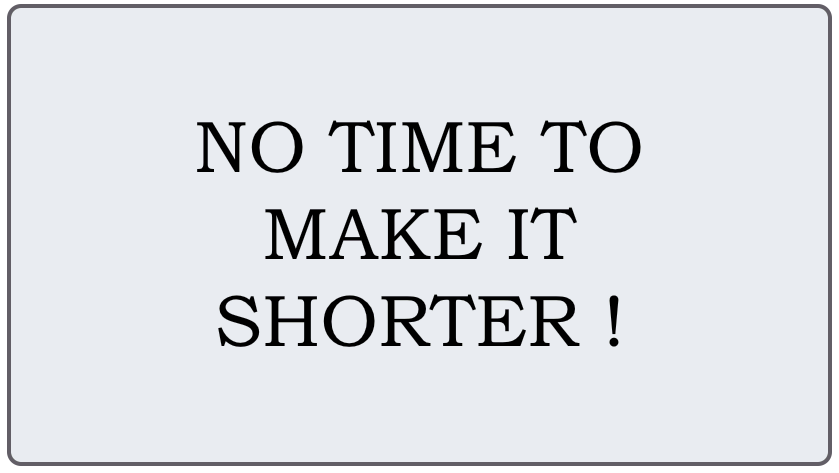
Blog: The importance of brevity

Blog: Just open the damn email!
Message Content A/B testing
Now let’s look at the message content and how to use A/B email testing to improve click through rates.
Call to Action buttons
Two main options to test are locations and also the style. Most email marketeers agree that having the CTA “above the fold”, ie seen without scrolling, is a good idea and we would agree. A second CTA button at the end could either confuse the reader (unless they are clearly identical), or make it more convenient to click. So testing an additional CTA further down the message can make a lot of sense.
The style of the button can make a big impact. Always be consistent within the same email, but make sure it stands out from the background.
Rich messages
With so much rich content available, including images, sounds and videos, its tempting to throw the kitchen sink at your reader, in the hope something sticks. Possible responses to this approach could be:
-
- Wow, so much information, this is great!
- Oh, too much information, I’m skipping this.
So always A/B test before you use the latest widgets and newly available options. Our advice is to keep it simple.
Plain messages
An often under used approach (in our opinion), is the simple text based HTML message. Do you really need that banner image that is just for decoration? Maybe it would work better without it? Smaller size emails without images are often less likely to trigger spam filters, giving another edge.
Marketwise A/B testing
We hope we have convinced you of the importance of A/B email testing.
Marketwise includes Subject Line A/B testing for free in all our offerings and we strongly encourage you to take advantage of this option.
FAQ for Email Marketing
Is email marketing worth it?
Many studies have shown a great ROI for email marketing, averaging at a 30x to 40x return. The key is to use high quality data and send relevant, engaging messages. We can advise.
How do I target email marketing?
Build your ideal audience. Based on what market segment they work in, what they do and what they specialise in. Add in geographic location and you have a well targeted email list. Now you need to send relevant and interesting messages to build trust.
How do I improve email open rates?
Two main factors. The subject line and email deliverability. The subject line should be short, create some intrigue or curiosity and avoid spammy words. You build trust with an audience over time.
Email deliverability depends on good email data and a good email reputation.
How do I improve my CTR?
Some quick tips are:
Keep your message short, to the point and easily skim-able.
Be relevant and create curiosity in your audience
Have a single Call to Action button with a clear message on it "Download the report".
What is A/B testing?
This simply means testing two versions of something. Most common is Subject Line testing. Send out two different versions and see which gets the best response. Testing message content is possible as well. Ensure you only change one thing, so you know what made a difference.
How can I avoid the Spam filters?
Two main causes:
1. Technical reasons, poor email reputation and lack of email authentication.
2. Message content is spammy. Cut out flowery language and keep it professional.
What is contact nurturing?
This simply means sending multiple messages over time, to build up trust and a stronger relationship with your audience. Its rare to be able to send a single message and expect a brilliant response. Build trust with a series of engaging messages.

